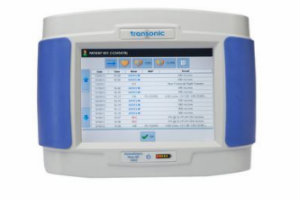Your Hemodialysis Access: A Lifeline for a Lifetime
 It only takes minutes to save your hemodialysis access, your lifeline. All you have to do is look, listen, feel and then also measure.
It only takes minutes to save your hemodialysis access, your lifeline. All you have to do is look, listen, feel and then also measure.
How to Monitor Your Hemodialysis Access
First, look to see if the skin over your access is all one color and looks like the skin near it. If there is redness or drainage, or skin bulges with shiny, bleeding or peeling skin, contact your dialysis team immediately.
Second, listen by placing your ear next to your access. If the sound you hear is the same as last time, you’re good to go. If you don’t hear any sound or it sounds different than the last time you checked it, contact your dialysis team immediately.
Then feel for a thrill — a vibration or buzz in the full length of the access and a pulse — a slight beating like a heartbeat. When you place your fingers lightly on the access, it should move slightly. If the beat is stronger than a normal pulse or your fingers rise and fall with each beat when they are placed on the access, contact your dialysis team immediately.
Finally, have periodic access flow measurements with the HD03 Monitor. Keep track of your access numbers. If they fall more than 25 percent within three months or are less than 500 mL/min, have your dialysis team consult with a nephrologist.




